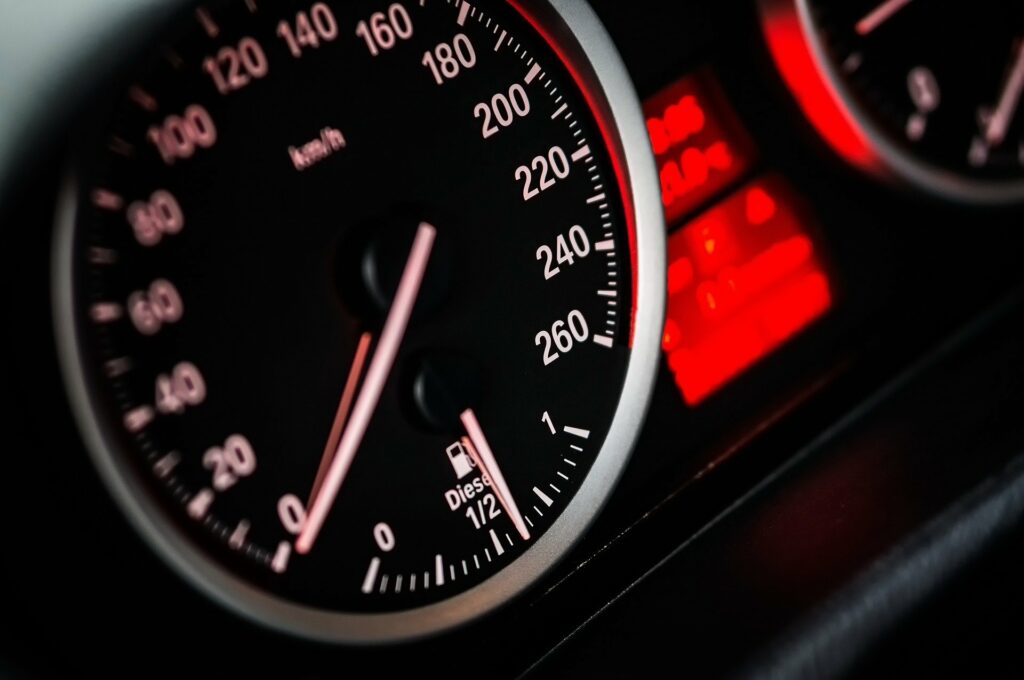
When we encounter an issue with our car, we often fear the worst.
If we’re unable to tell what the problem is, it can also be a frightening experience. Particularly if the vehicle won’t pick up speed or change gear.
If your car begins behaving this way, it is likely that limp mode is the cause.
But what is limp mode? And, what do you need to do if you encounter it?
Check out our handy guide, giving you the lowdown on everything you need to know about the issue.
What is limp mode?
Limp mode is a security feature in your car which will activate when there is a fault with the engine or transmission control unit. When this happens, the less important features of your vehicle will automatically shut off. This includes the air conditioning and car radio, and it is also likely your car’s speed and engine’s RPM will reduce. The check engine light may also come on, and you may not be able to change gear.
Limp mode limits these features so that the fault does not cause more damage to the car, giving you the chance to ‘limp home’ and address the issues. Usually, these faults are quite severe and the limp mode is designed to have a big impact on your car -so you cannot simply ignore it.
What causes limp mode?
All modern cars are operated by computers that monitor the vehicle’s vital signs. If the computer receives information that something is wrong, then it will automatically activate limp mode to prevent further damage.
These faults can be any number of things, including:
- faulty engine sensors
- engine boost control problems
- transmission issues
- damaged wiring
- low fluid levels
- defective brakes or clutch.
All of these issues can have disastrous consequences if left unattended, which is why limp mode kicks in if any of the above are detected.
What to do if your car is in limp mode?
If your car has entered limp mode, then the best thing to do is get your car into a garage as soon as possible. A lot of people try to avoid this as they feel like it’s going to be costly. However, this is not always the case and if limp mode has been activated, ignoring it could be dangerous.
If you’re reluctant to head straight to the mechanics, there are a few things you can try at home first. If you want to get your car out of limp mode, then you can use an OBD2 scanner. This device will scan your car’s computer and provide you with the relevant trouble code which can determine the location of the issue. While this technique can take your car out of limp mode and make it more drivable, it is not a permanent solution and it’s vital to address the fault properly by taking your car to a garage.
Sometimes, your car can enter limp mode simply because it does not have enough fluids. This is an easy enough fix. Simply check your fluid levels and top them up if necessary. If your oils and other fluids look dirty or damaged, it could indicate further issues. Once you’ve topped them up, turn your car off and on again. This may remove limp mode, indicating it was a lack of fluids causing the problem. But, it’s still worth getting your vehicle looked at to be sure.
Finally, if you can, it’s always worth completely turning off your car’s engine and restarting. The old off-and-on-again technique could ease pressure on the engine if the issue is simply overheating, or something similar. Allowing it to sit for five or ten minutes could mean the situation resolves itself, so it’s always worth considering.
Ultimately though, the only way to be certain that your car is free of issues is to get it independently assessed by a reputable mechanic or garage.
And this is where Oak Services can help.
As Surrey’s leading providers of MOTs and car repairs, our team are always on hand to assist with any limp mode issues that may have arisen. As well as identifying the problem, Oak Services will have you back on the road in no time and are specialists in brake, exhausts, clutches and more. For more information on how we can help you, contact us today.

